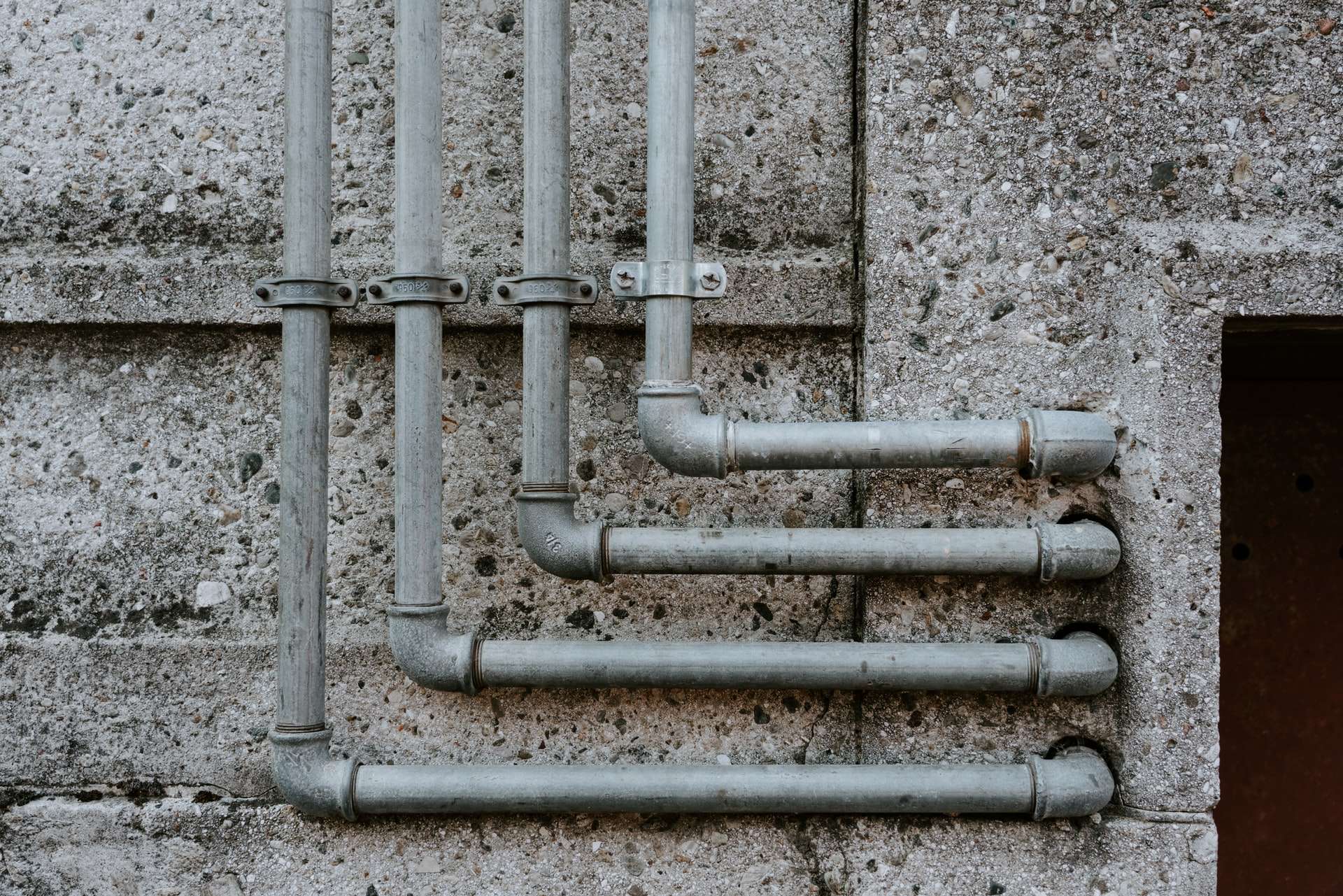Homeowners generally face a lot of household problems, one being plumbing. Leaky faucets and water heater issues are widespread, and these inconveniences also usually involve a lot of money for repairs and replacement.
But if you want to save money from preventing plumbing issues, you can have an annual plumbing inspection instead. This is a detailed inspection of your household plumbing system, providing solutions to existing and future problems.
What a Plumbing Inspection Involves
A plumbing inspection is conducted for several reasons, with inspectors using a checklist of everything they need to go through. Here are some things they evaluate in a typical plumbing inspection:
1. Plumbing Fixtures
The plumber inspects your home’s plumbing fixture, such as your sink, toilet, shower, and tub. They’ll be looking for any sign of wear and tear, leaks, and aging to ensure that every fixture is properly working as it should.
2. Drain and Sewer Lines
Plumbers also examine your home’s drain and sewer lines, carrying wastewater to the main sewer line, which then transports wastewater out of your home and into the septic system.
Plumbers generally use drain cameras to detect clogs and blockage in the drain and sewer pipes. Any signs of blockage will lead to having to clean the lines.
3. Water Heater Functions
Water heaters usually act up more than other plumbing fixtures, so a plumber will also assess your water heater. When the plumber finds and fixes a problem with your water heater functions, you’re avoiding an outage.
4. Supply Lines
A plumber also examines and tests your supply lines, which transfer clean water to every fixture in your home. Plumbers also ensure that these lines do not have any cracks that may cause future problems.
5. Water Pressure
Plumbing inspections include testing your home’s water pressure to look out for any problem that might occur for many reasons. If your water pressure is low, tell your inspector beforehand so that they can find the root cause of the problem and fix it.
6. Vents
A plumber will also examine your vents to ensure that sewer gases are properly escaping your home as they should.
7. Sump Pump Functions
The last thing your plumber will likely inspect in your home’s plumbing system is your sump pump. They’ll test it to ensure that it is properly working.
Why You Need a Plumbing Inspection
You’ll learn a lot about your plumbing system’s current situation and potential issues when a professional plumber properly assesses it. You’ll also be informed of what needs changing or maintaining.
If there’s an unknown leak in your plumbing system, you’ll be notified immediately. Failing to fix a leak can lead to multiple issues, and you’ll benefit from knowing whether the leak occurs in unnoticeable areas. A plumber should be able to find and address concerns uncovered during the inspection immediately.
Conclusion
Plumbers are hired for many reasons, yet the most common reason is to repair or replace something broken. It’s rare for homeowners to hire a plumber for preventative services. However, doing the latter saves you from future issues.
Candu Plumbing and Rooter is a team of professional plumbers in San Fernando Valley, CA offering repairs and preventative plumbing services with a commitment to establish long-term relationships with satisfied clients. Our plumbers are trained and extremely professional to serve at your business properties or residents any time. Whether it’s an emergency for a bathroom, kitchen, or household, we’ve got you covered. Call us at 855-522-2638 to book an appointment today!



